My introduction to Hemant Chaturvedi could be best described as accidental.
By his own admission, accidents are somewhat frequent with him, and more often than not, they have happy endings. I should include the one with me in that list.
It was during the initial days of the first phase of lock-down – don’t ask me the date, I have lost count long back. There I was, snoozing and whining as usual in my couch like the reclusive potato that I always am, when my cousin brother Partho called me to ask…
“Hey, do you know a cameraman called Hemant Chaturvedi…”
No I didn’t, frankly speaking!
I don’t know many people beyond my limited circle of documentary film makers, and I am not really a film-buff – but I make my living out of Google search, and have an exorbitantly priced broadband connection at home which is more or less reliable.
So I googled – and was zapped.
Hemant got stuck in Delhi with the sudden lock-down. When my brother called he was ambling around their apartment complex making photo essays on what the neighborhood musicians and performing artists were doing during the lock-down.
Since my cousin’s son Prithweesh is a budding keyboard player – he clicked a few stills with him. On the video call, Hemant told me, with what seemed like a sheepish smile from under his mask, “Can’t sit idle at home.”
Here’s one of the photo’s he took, of Prithweesh, lifted from his Facebook page.
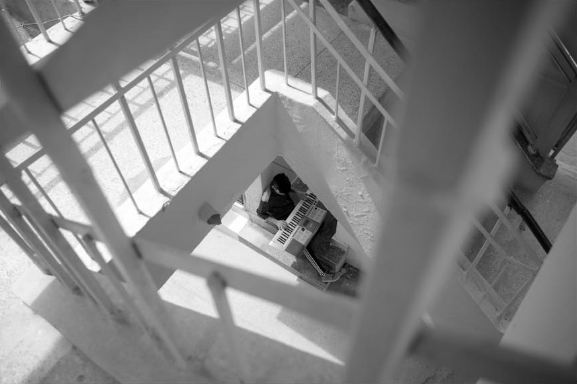
Now for the reason why I was zapped!!
Hemant Chaturvedi remains one of the most appreciated cinematographers of Hindi film industry – and many of his films are deservedly considered now as cult-classics. From the gritty realism of ‘Company’ and ‘Maqbool’ – which are my personal favorites, to the complex undercurrents of ‘ Yun Hotaa toh Kya Hota’ and ’15 Park Avenue’ to the tragic passion of ‘Ishaqzaade’ or the intense socio-political rigmarole of ‘Kurbaan’ – his storytelling prowess with the camera and his penchant for variety of themes becomes more than evident.
And here he is, shooting stills at my cousin brother’s place.
I don’t know about Hemant, but my luck is sure taking a turn for the better.
Not bad! Not bad at all.
My dear friend documentary film maker Umesh Aggarwal, who knew Hemant from his TV days, told me that he was always an absolute charmer – that must have helped. Supported with a fair amount of hard work, luck and dedication to his craft – no doubt.
It was just a matter of time before he would be caught into the lure of the big-screen – and that happened, eventually.
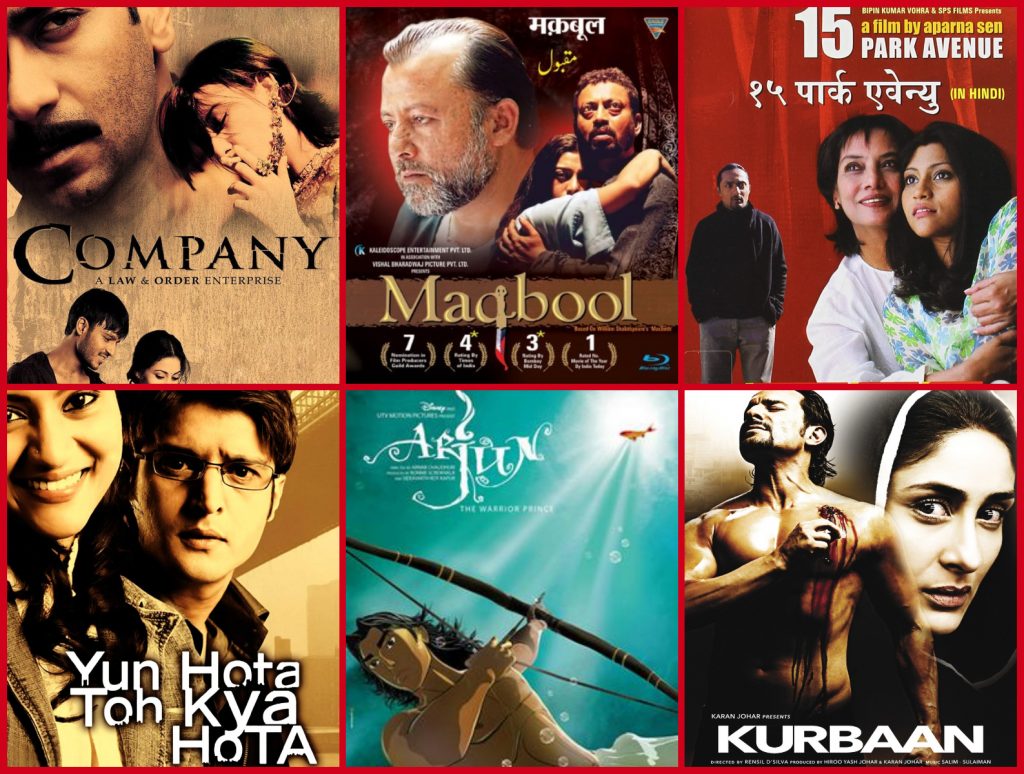
Then, he walked away; all in the spur of a moment.
Happens; although, mostly, these splinters smolder over a period of time before they explode; eventually, one day it tips over – and you decide to stop reacting and start acting.
Most can’t sustain this urge – understandably so, since they persuade themselves to get over what they think is their mid-life crisis. Other’s take it up as their mid-life right to freedom, and before they know it, start blaming others for the decisions they didn’t take.
Only the very few, the real obstinate ones, develop something personally satisfying out of this sense of overwhelming ennui .
I can relate to that; been there. Can’t really say done that.
Hemant took his life to a direction that many of us want to take when we reach middle age, but can’t. He decided to do only the things that he really wanted to do, and that too alone, with whatever savings and resources he had.
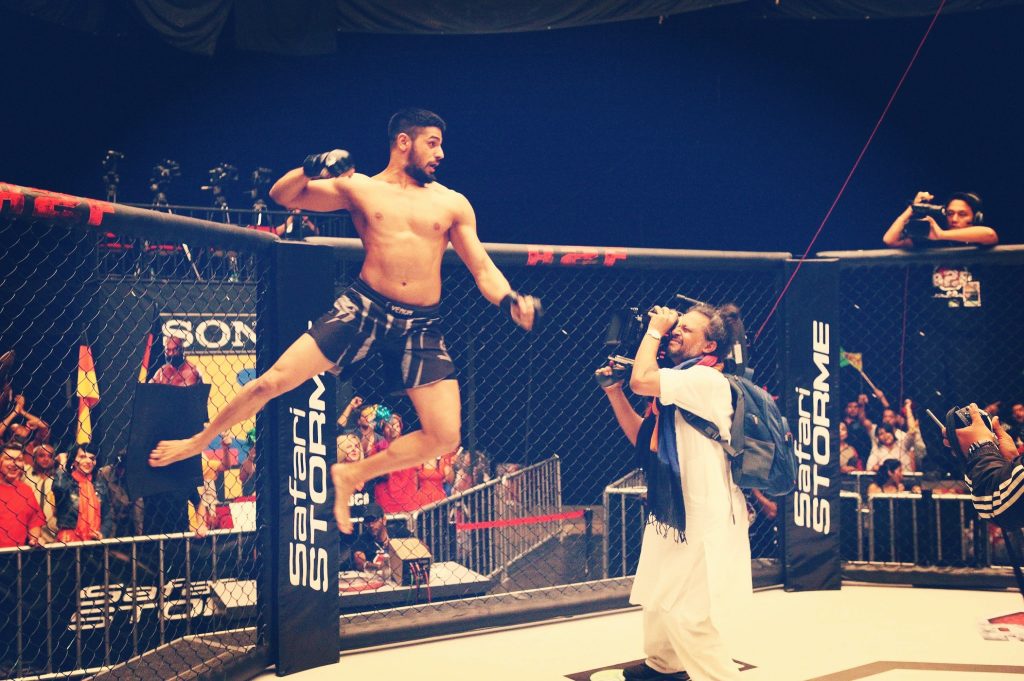
Over the years, stuck into the grind of a relentless mainstream film industry – he must have pondered about many other things that he also wanted to do. He decided now was the best of all times to do all of that, and more. In various interactions with me, his usual sign-off line has been, ‘So much to do, such little time!!’
And as far as his current relationship status with the industry is concerned, I think you should, for a moment, take another look at the cover image of this post at the top – which pretty much sums it up.
What has intrigued me all the more is the variety of subjects that he deals with. No, not all at once – one by one, one frame at a time, and with immaculate details.
His creative urge gets satisfied only when he absolutely gets what he wants – and that possibly can’t happen with a team tugged along.
Hemant is a meticulous lover. He likes it to linger on, and that shows in his frames.
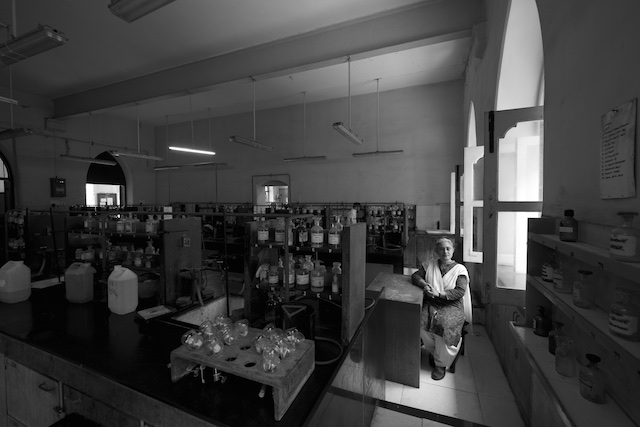
That’s Ms. Dionne Coutinho. Ex HoD…in her favourite space.
When I met Hemant, he was in the middle of his latest project.
He later told me that he had been away from Bombay on a road trip since Dec 5. He reached Delhi on Jan 26, and been here since. His next trip was scheduled to start from March 12, for five more states – but then, you know who intervened.
I found his ongoing endeavor to be truly heart-warming.
All the more because no one thought of it.
I don’t know how many you-tube snorting millennials will relate to the passion associated with single screen theaters. Our generation surely will.
Those hallowed spaces used to be our most coveted source of entertainment – made even more enigmatic by all the middle class taboos associated with them. Nothing compares to the sense of freedom when we could finally muster up the courage to step into one of those cinema halls alone, or with friends. It’s almost like our initiation ceremony to adulthood.
The deafening sound of applause when the mega-star arrived on screen, with cameras on extreme low angle to accentuate his deification; the ringing sound of coins jingling when the actor mouthed a racy ‘dialogue’; putrid smells of tobacco and muffled orgasms of rickety fans and feisty fights over first-day first-show tickets – it’s a lost world for us, that still evokes an obscene lot of nostalgia.
And now, this world is all set to die a dusty death, without a fond farewell, or a fitting obituary; but not if Hemant has his way.
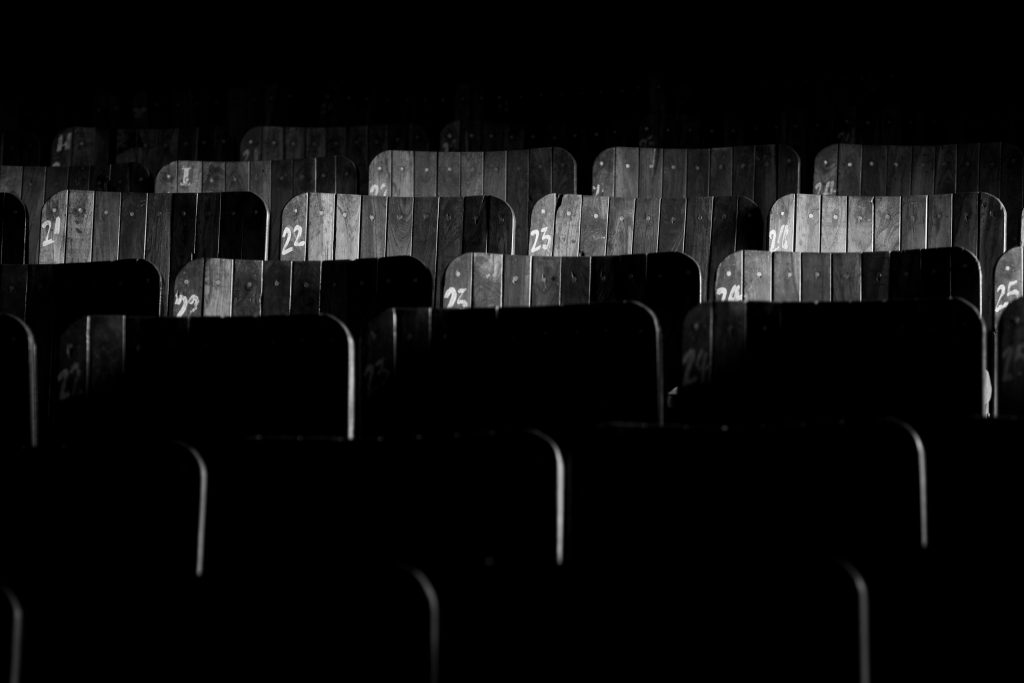
I would really hope that you do manage to finish the project Hemant. I am sure that this will make a lot of people, like me, happy – for whatever that’s worth.
All his passion notwithstanding, our flamboyant photographer is a bit weary about talking too much about any project till the time they are completed – for understandable reasons. But he does keep posting images in social media – look for sankidude Hemant Chaturvedi on instagram.
The more interested ones can of course go to his Wonderwall Gallery exhibits to sample some of his latest work.
I really don’t know what to say to that.
But yes, I can always hope, that all this ‘deewangi’ of yours rubs a bit off me as well, so that I can also start ticking stuff off my bucket list. It’s not an extensive list, but it’s there, and it’s been waiting for too long.
With that somber thought, my happy accident ends, for now.
But I will keep stalking you, Hemant.
No, not because I want to be anything like you; that’s impossible. It’s because I want to be like me, or as close as possible, within the briefness of time.
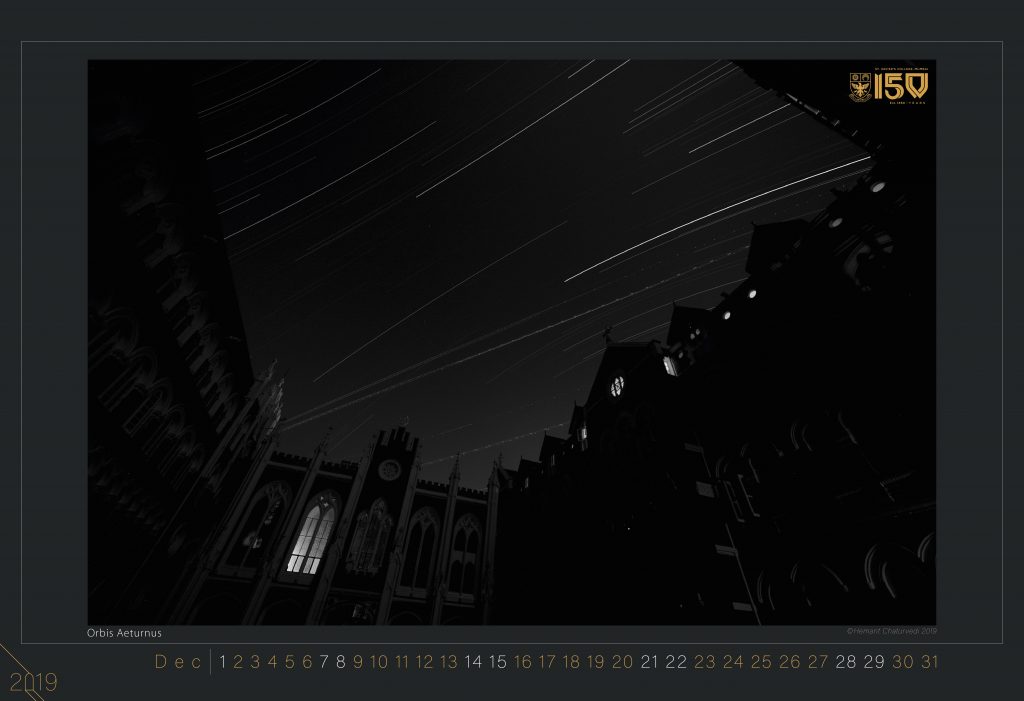

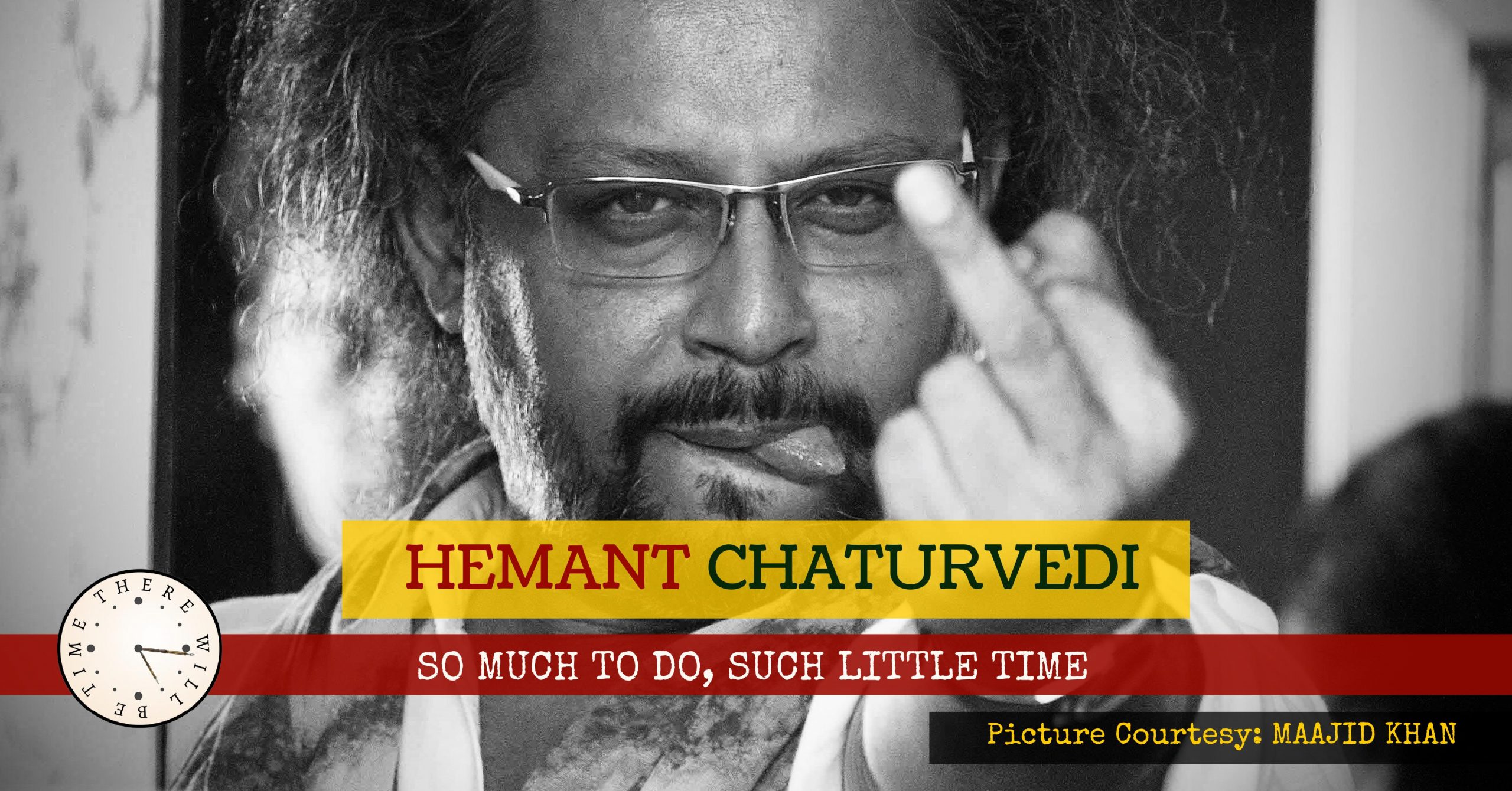
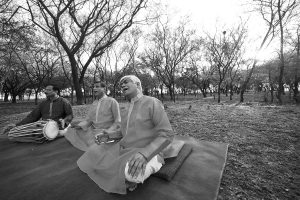
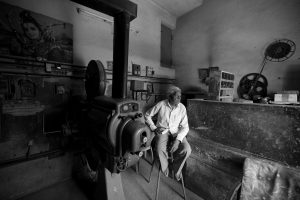
Its a great read. Hemant chaturvedi is a rare gem . More than a cinematographer/ photographer , he is a great human being. With his subtle words and actions, he inspires lot of human life. Wish someone writes about that part of him too.
Thanks a lot Anirban for this.
Maybe you can. You seem to know him quite well. Write about that part of him, and if you want, I can put it up in my blog.
Very nicely written!
Thanks a lot for reading.
A brilliant piece about a brilliant man. His stories from each of his travels has the full potential to become a best seller! Pls do another one on that… a wonderful man with a heart of gold. Truly a rare gem living in the wrong age!
Thanks…but why is everyone anonymous this day? Too much of lock-down, I suppose.
Came across this on his FB but you are the one who has written it so you should know for yourself- Very well put. Brings out Hemant as he is ,nothing less nothing more . Happy to have read this.
It feels nice when people like and tell me the same. Like Hemant said, all creative expressions pine for appreciation. Many thanks.
Very well written article. Hemant is brilliant at what he does. Wishing you both luck to follow your dreams.
Thanks a lot Mayuri for your good wishes. Please keep reading my blog whenever you have time.
Well written and well illustrated. Hemant is a brilliant gem…and a friend.He is a creative photographer with a sensitive eye.
Thank you Anirban.
Stay safe Hemant and God Bless.
Many thanks for the response. Feels really good.
Hemant is a great professional having passion for camera. I met him briefly during his shoot for Xavier college Callender. He accepted my request to have a brief session with Film and Television students. Topic he chose was ” Shooting with natural Light”. His passion for the camera is commendable
Thanks for the response.
Very well written. I like the way you bring people behind the lens to the fore. This has been very informative. I did not know much about Hemant Chaturvedi.
Neither did I. That’s what I set out to do…isn’t it? Get to know more people…
it’s great that you were able to pin down this elusive maverick,
nicely said hemant,
thanks for the piece Anirban.
Sheer stroke of luck. Thanks for reading Anil.
[…] when my well-wisher cinematographer Hemant Chaturvedi pointed me towards the undoubted pioneer of film lighting in India – the internationally […]